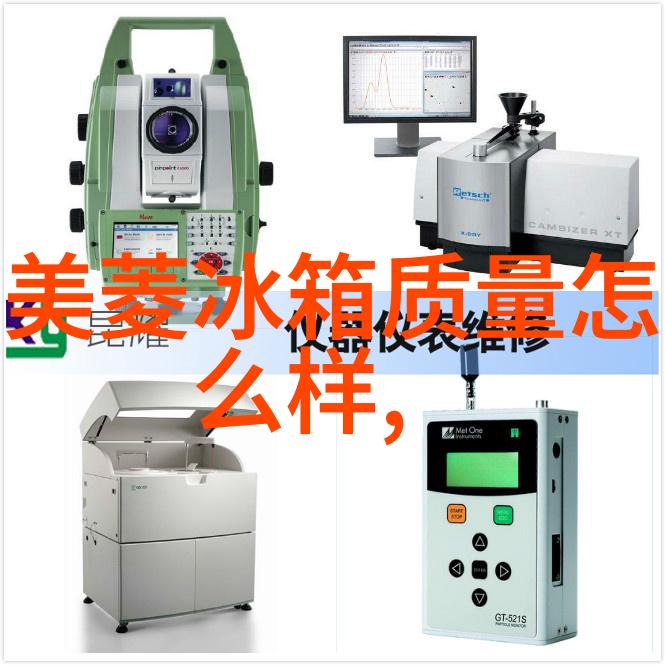医院水处理设备在医疗卫生环境中的应用与创新策略研究

引言
医院作为公共卫生机构,其提供的服务不仅包括诊疗、手术等专业医疗活动,还涉及到日常生活的各个方面,包括饮用水供应。因此,医院水处理设备成为保障患者安全健康的关键环节。

医院水处理设备概述
hospitals water treatment devices refer to a series of equipment and technologies used to ensure the quality of drinking water in hospitals, including reverse osmosis systems, ultraviolet (UV) disinfection systems, activated carbon filtration systems, and ion exchange systems.

水质标准与监控
According to the World Health Organization (WHO), hospital tap water should meet certain standards for safety and quality. These standards include pH levels between 6.5 and 8.5, total dissolved solids (TDS) less than 500 mg/L, turbidity less than 0.1 NTU, bacterial counts below detectable limits per milliliter (mL), and no visible sediment or particulate matter.

应用场景分析
a) Patient Care: Clean drinking water is essential for patients undergoing chemotherapy or other treatments that can weaken their immune system.

b) Sterile Environment: Hospitals require sterile environments for surgical procedures; clean drinking water ensures that all medical instruments are properly sanitized.
c) Staff Hygiene: Access to clean drinking water promotes good hygiene practices among healthcare staff reducing the risk of cross-contamination.
创新策略研究
a) Energy Efficiency: The development of energy-efficient technologies such as solar-powered UV disinfection units can reduce operational costs while maintaining high-quality treated water output.
b) Water Recycling Systems: Implementing advanced wastewater treatment processes enables recycling of greywater for non-potable purposes like flushing toilets or irrigating gardens within hospitals premises.
c) Real-Time Monitoring Systems: Developing real-time monitoring systems using sensors connected via IoT technology allows continuous tracking of key parameters ensuring compliance with WHO guidelines at all times.
案例研究:成功实践分享
A case study on a leading hospital in China demonstrates how they have successfully implemented an integrated approach combining traditional methods with innovative solutions such as using AI-driven predictive maintenance algorithms for optimal performance from their equipment pool.
7 结论:
In conclusion, hospital water treatment devices play a vital role in ensuring patient safety by providing access to clean potable water throughout the facility’s operations – whether it be patient care areas or back-of-house functions like laundry facilities or laboratories.
The future holds promise not only through technological advancements but also through strategic planning aimed at optimizing resource use efficiency while meeting stringent quality requirements set forth by international health organizations like WHO.
By embracing innovation coupled with practical application strategies tailored to each institution's unique needs & circumstances hospitals worldwide will continue thriving towards safeguarding public health & well-being effectively promoting healthy living habits amongst its community members




